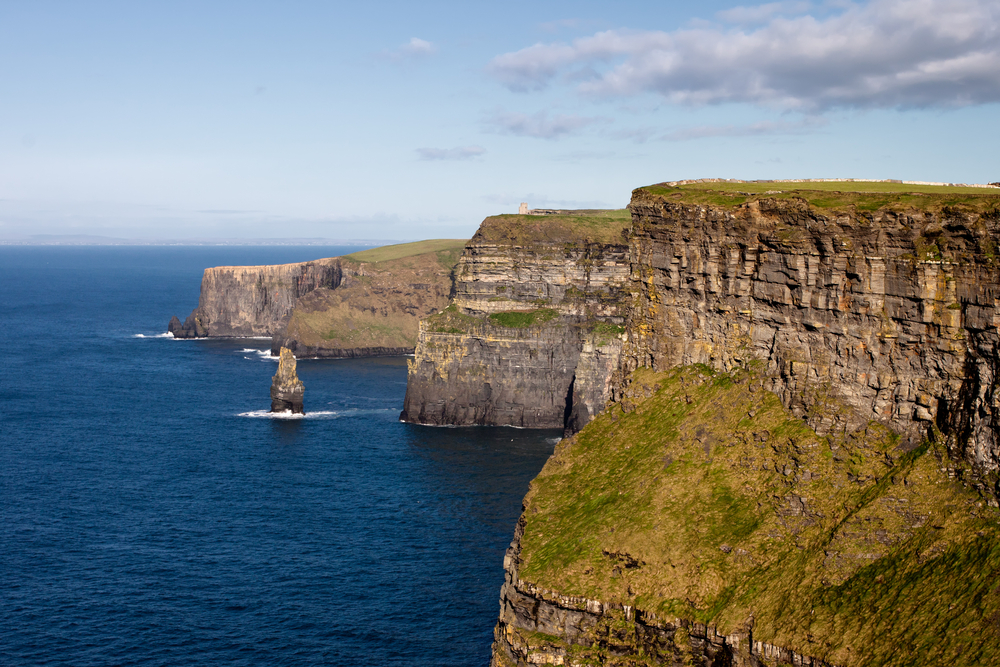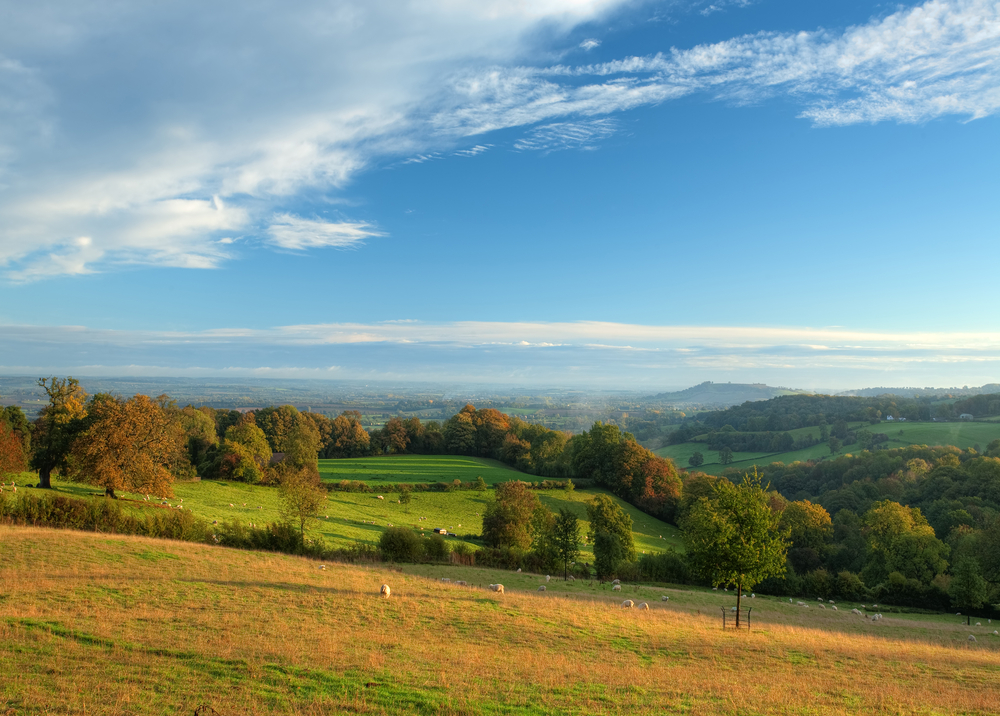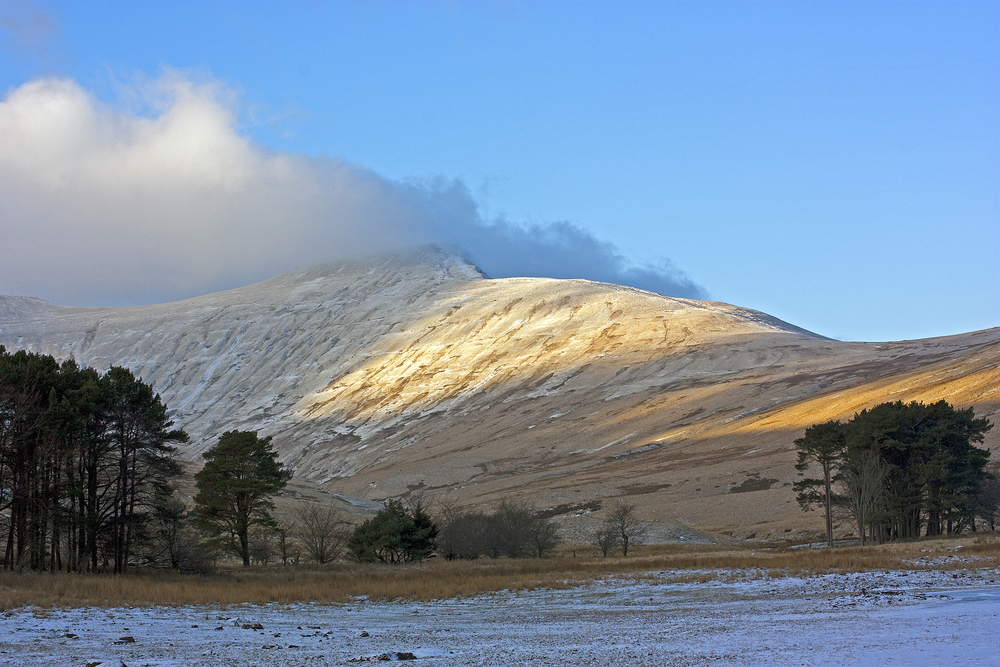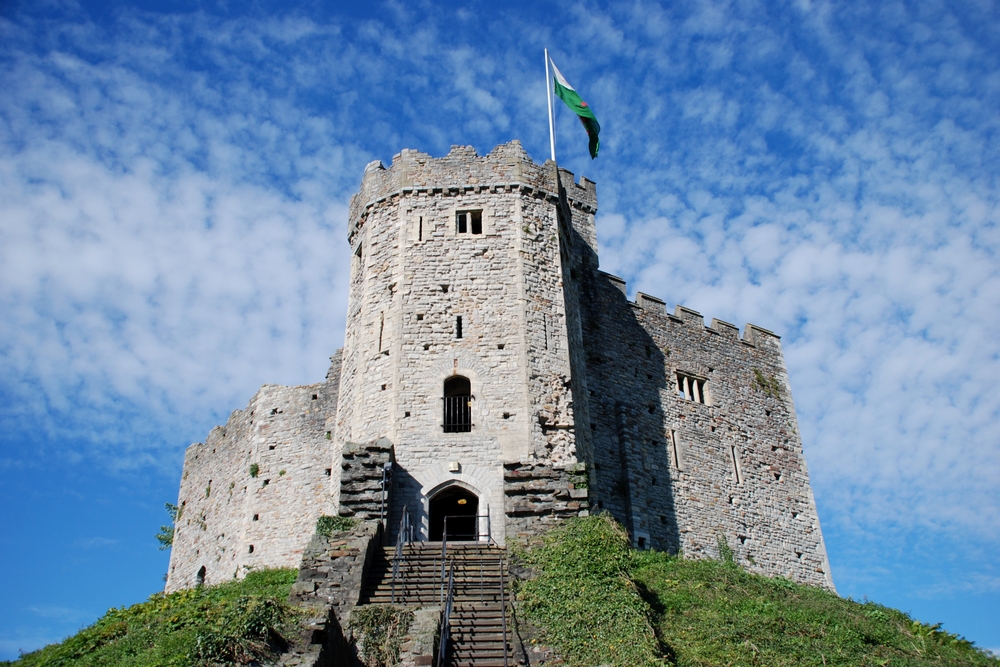2012 London Olympic Torch Route: Week 1 Sights

2012 London Olympics

The London Summer Olympics may be several weeks away, but the ceremonial torch has been lit and is about to make its winding way around the United Kingdom, from Land's End, to Belfast and Aberdeen, visiting some 1,000 cities, towns and villages before arriving in London after 70 days and lighting the Olympic Cauldron.
The torch arrives at Land's End, the English mainland's westernmost point, on Friday, May 18, and will make its grand entrance at the Opening Ceremonies on July 27.
OurAmazingPlanet will be taking you on a sight-seeing journey along with the torch week-by-week until the beginning of the Games of the XXX Olympiad, which run from July 27 through Aug. 12, 2012. Here, we begin with week one. Make sure to come back to see where the torch goes next!
Land's End Day 1

The Olympic torch, which features 8,000 small, cut-out circles for each of the 8,000 people who will carry it, will begin its journey in the UK at Land's End at 7:08 a.m. local time on May 19 and will be carried by three-time Olympic gold medalist Ben Ainslie.
Land's End lies at the tip of the Penwith peninsula in Cornwall, England and is the westernmost point on the English mainland. It is often used as an endpoint of races, along with John O' Groats, the traditional extreme northern tip of Scotland the distance between the two is over 800 miles (1,300 kilometers).
Land's End features steep cliffs carved out by the waves of the Atlantic Ocean that are abloom with grouse and heather in the spring and summer. Basking sharks, seals and dolphins can sometimes be seen off the coast.
Plymouth Day 1 & 2

Day 1's portion of the relay ends in the port city of Plymouth on the Plymouth Sound in Devon, England.
The city's history stretches back to the Bronze Age, and it was a trading post for the Roman Empire. You can get an idea of the city's maritime history along the Barbican, the historic port section of town that features cobbled streets and Elizabethan timber frame buildings Sir Francis Drake and Captain Cook both set anchor here.
The Mayflower Steps commemorate the spot where the Pilgrims set sail on the Mayflower on April 16, 1621.
Exmoor National Park Day 2

During its Day 2 journey, the torch will pass along the high cliffs on the coast of the Bristol Channel and through Exmoor National Park.
Moorland, woodland, valley and farms cover the 276 square miles of the park. The moorland is area where shrubs such as bell heather and gorse grow, as well as wetter areas of peat soil, and the park has several walks through this land. Prehistoric burial mounds and hut circles can be found here. The area was once a royal forest and hunting ground.
The coastline of Exmoor stretches for 37 miles to (59 kilometers) and features the highest sea cliff in England and Wales, called the Great Hangman, which measure 800 feet (244 meters). The Bristol Channel beyond the cliffs has the highest tidal range in Europe and is second worldwide only to the Bay of Fundy in Canada.
The South West Coast Path, the longest national trail in England and Wales, starts in Exmoor, winds for 613 miles (990 km) and takes about 40 days to walk.
Glastonbury Tor Day 4

Glastonbury, in Somerset, England, is perhaps more famous for the annual music festival held there, but it is steeped in much older history. Nearby is Glastonbury Tor, a hill at an elevation of about 518 feet (158 m) at the top of which lies the roofless St. Michael's Tower.
From the top of the tor ("tor" is a word of Celtic origin that means roughly "hill") views of the three surrounding counties can be had. Legend has it that King Arthur visited the site on his search for the Holy Grail.
The tor was once actually an island and the surrounding plains were wetlands.
The tower dates from the 15th century and is the only remnant of one of two churches that were once on the site. Many pagan festivals are still held at the site.
Nearby Collard Hill is the only place in Britain where you can freely see the rare Large Blue butterfly.
Cotswolds Day 5

The Cotswolds, covering 790 square miles (2,000 square kilometers), are the largest of the 38 Areas of Outstanding Beauty in the England and Wales. Some 38 million people come to visit the Cotswolds each year.
The area, which might be the quintessential English landscape, has been occupied for more than 6,000 years. Neolithic burial mounds and Roman ruins are among the sites that can be seen here, and there are excellent opportunities for walking and biking.
Part of what gives the Cotswolds their character is the underlying Jurassic limestone the limestone is an iconic building material that has been quarried since the Romans ruled.
The Cotswolds feature many nature reserves, parks, arboreta and zoos.
Brecon Beacons Day 7

The Brecon Beacons are a mountain range in South Wales that include the area's highest mountain, Pen y Fan, which has an elevation of 2,907 feet (886 meters).
The mountains are found in Brecon Beacons National Park (Parc Cenedlaethol Bannau Brycheiniog in Welsh), part of which will be traversed during the seventh day of the torch run. The covers 520 square miles (1,346 square kilometers) and about 33,000 people call it home.
The park is home to ancient monuments, castles, some of the longest cave systems in the UK, spectacular waterfalls and plenty of peaks to climb.
Welsh Mountain Ponies, a hardy breed of horse that existed in the area before the Romans and evolved to thrive in a harsh climate, can be found here.
Get the world’s most fascinating discoveries delivered straight to your inbox.
Cardiff Day 7

The first week of the torch relay ends in the Welsh capital of Cardiff, a historic port city on the Bristol Channel and the estuary of the River Severn.
Among the sights to see in Cardiff is Cardiff Castle, which encompasses some 2,000 years of the area's settlement history. The castle, located in the heart of the city, was originally a Roman garrison, then became a Norman fort, and in the Victorian era, was transformed into a gothic revival mansion. Parts of a Roman wall can still be seen at the castle, as can the Norman-built keep. A spacious parkland, Bute Park, is nearby the castle.
Some 41 other landmarks and historic sites can be spotted along the Centenary Walk, built in 2005 to mark 100 years since Cardiff was given city status, including: Millennium Stadium, which will host football (or soccer) matches for the London games; National Museum Cardiff; St. John's Church (founded in the 12th century and rebuilt in the 15th); streets that were the central parts of the medieval town; and Cardiff Castle. The whole walk is about 2.3 miles (3.6 kilometers).



